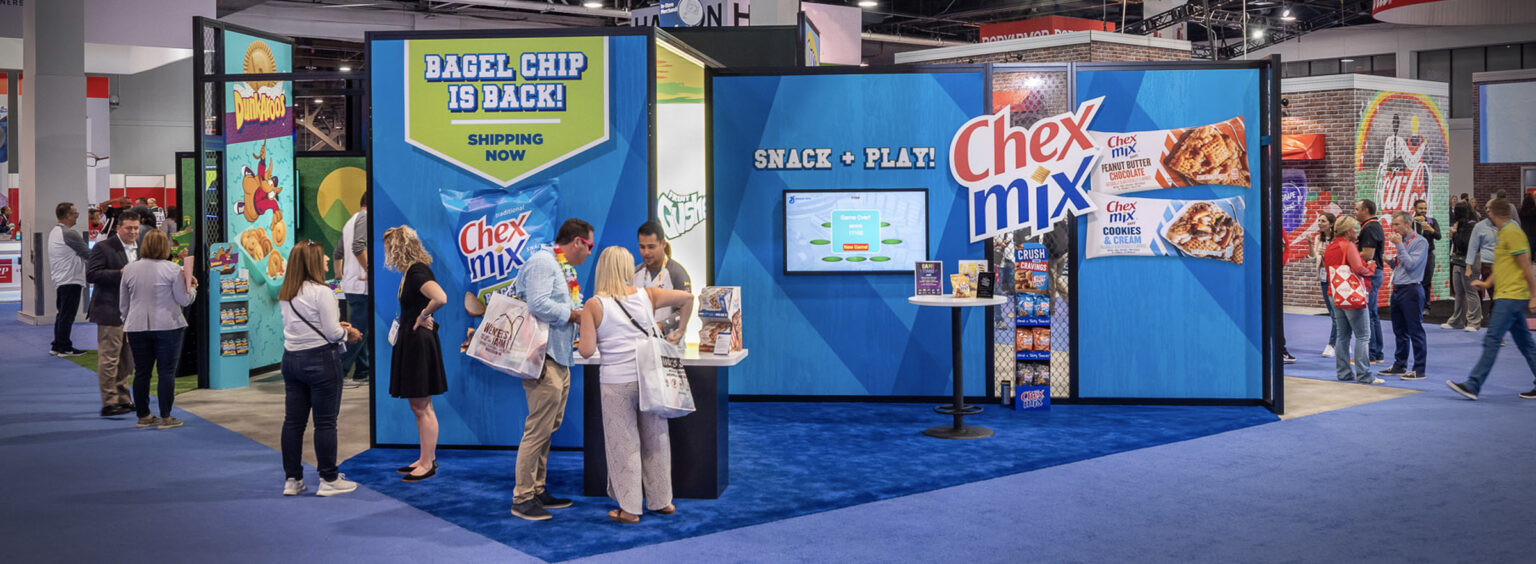In the bustling world of trade shows, your exhibit booth is your brand’s expression – one where you have the opportunity to fully immerse your audience and engage all senses, while driving home your company’s objectives in a personalized way. Trade shows can be where first impressions are made, relationships are built, and deals are struck. That’s why trade show booth design – which in reality is experience design – is crucial to your success on the show floor. But with so many options available, how do you choose the right dimension style for your brand? Let’s explore the main types of trade show booths and their unique advantages.
Island Booths: Standing Out in a Sea of Exhibitors
Island booths are the jewels of the trade show floor. As the name suggests, these booths are freestanding structures surrounded by aisles on all four sides, offering high optics and impact.
They provide:
- Maximum visibility and exposure
- Flexibility in design and layout
- Opportunity for creative, multidimensional showcases
- Ample space for product demonstrations and meetings
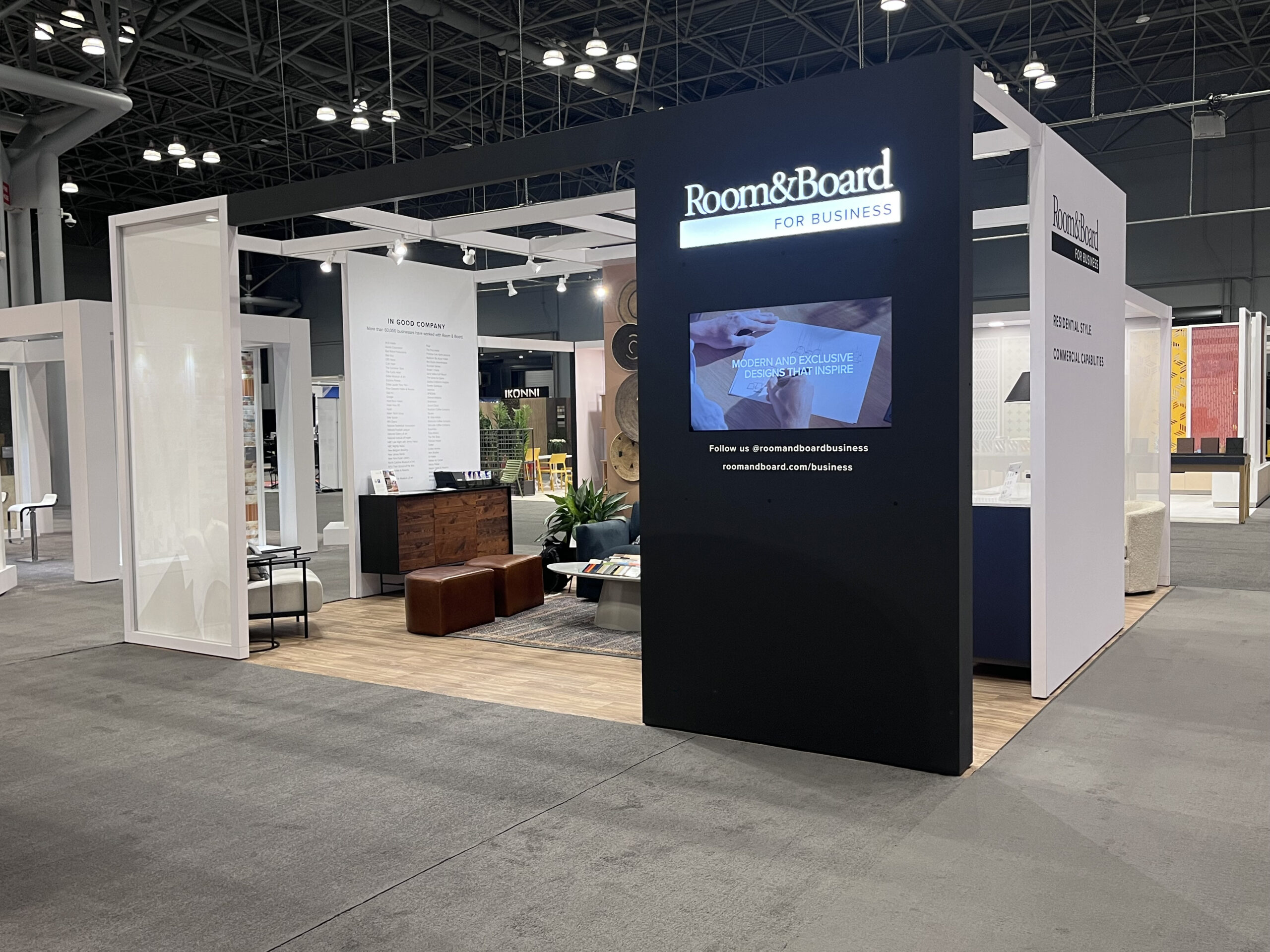
Island booths typically require the most investment. Surrounded by aisles on all sides, they invite guests to engage with your brand from multiple entry points and perspectives, and with thoughtful design, offer an array of immersive experiences. The higher cost is due to:
- Larger floor space (usually 400 sq ft or more)
- Custom design and construction requirements
- Need for more elaborate design and fabrication to capitalize on 360-degree visibility
- Often, the ability to include two-story structures or prominent hanging signs
Perfect for: Large companies looking to make a big impact, showcase multiple products or services, and deliver a truly immersive brand experience.
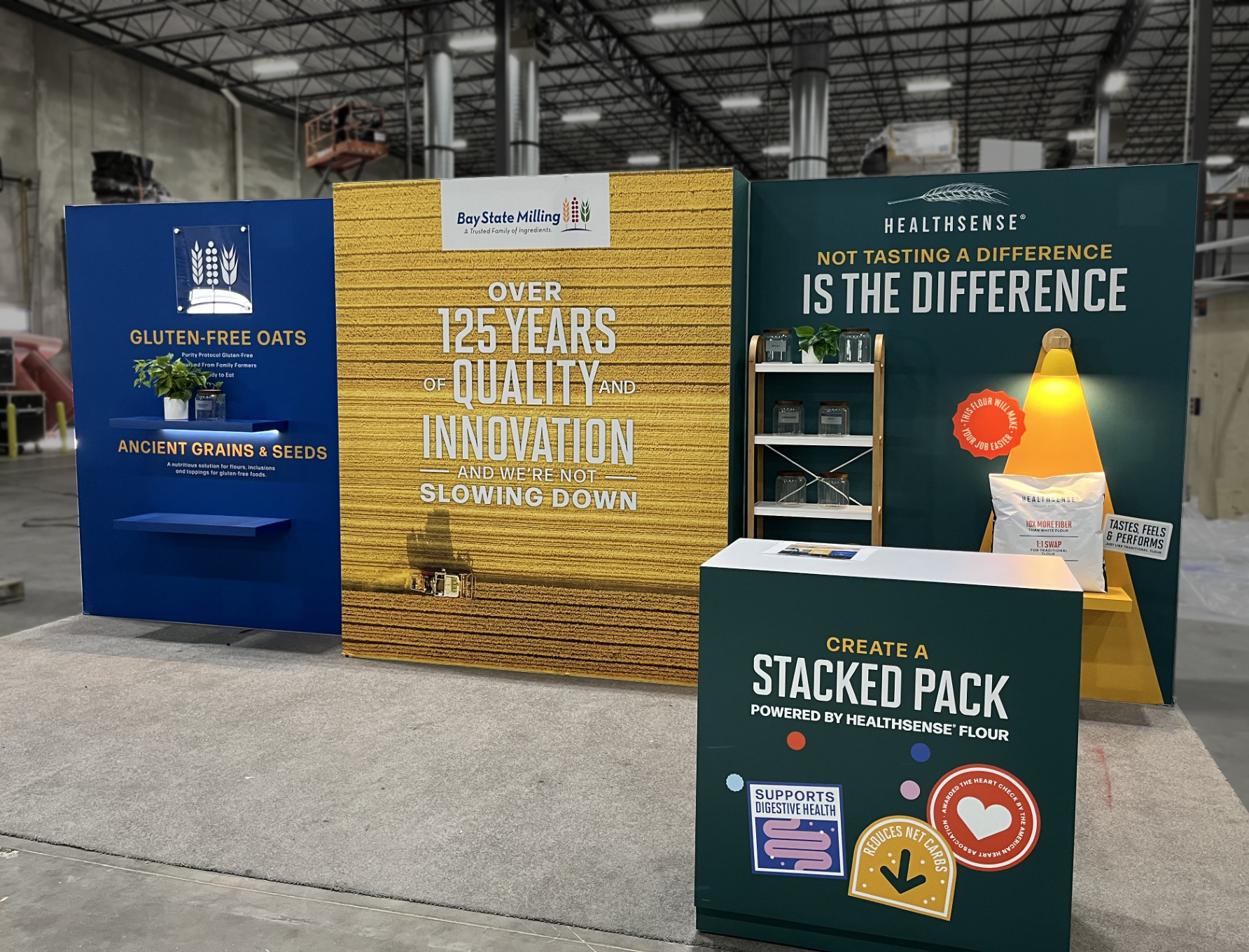
Inline Booths: Efficient and Effective
Inline booths, also known as linear booths, are the most common type at trade shows. They’re arranged in a straight line along the exhibit hall’s perimeter or in rows. They have one side open to an aisle and are typically 10 x10 or 10×20 feet. Benefits include:
- Cost-effective option for smaller companies
- Easier setup and tear-down
- Clear front-facing design for straightforward messaging
- Opportunity to stand out with creative use of vertical space
Inline booths are generally the most affordable option. They’re less expensive because:
- Smaller floor space
- Can use modular or pre-fabricated displays
- Limited customizations based on show protocol
Perfect for: Start-ups, small to medium-sized businesses, or companies new to trade shows.
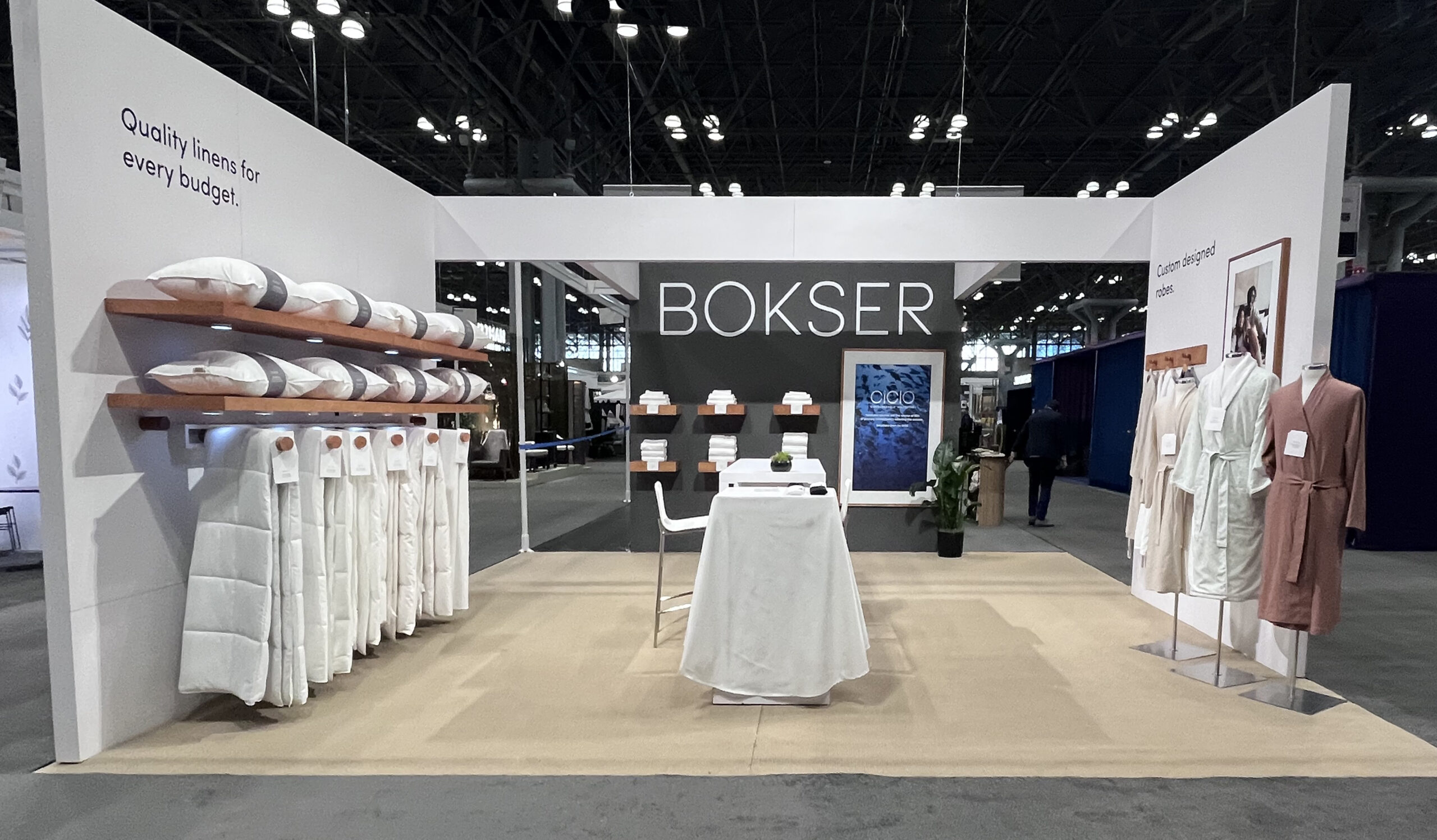
Peninsula Booths: The Best of Both Worlds
Peninsula booths combine elements of both island and inline booths. They’re open on three sides and attached to inline booths on the fourth. Advantages include:
- More visibility than inline booths
- Less expensive than island booths
- Opportunity for corner placement
Peninsulas are the second most expensive option. Costs are high because:
- Large floor space (typically 400 sq ft or more)
- Require more elaborate design to take advantage of three open sides
- Often include taller structures or hanging signs
- Custom design and construction needs
Perfect for: Medium-sized companies looking to step up their trade show presence without the full commitment of an island booth.
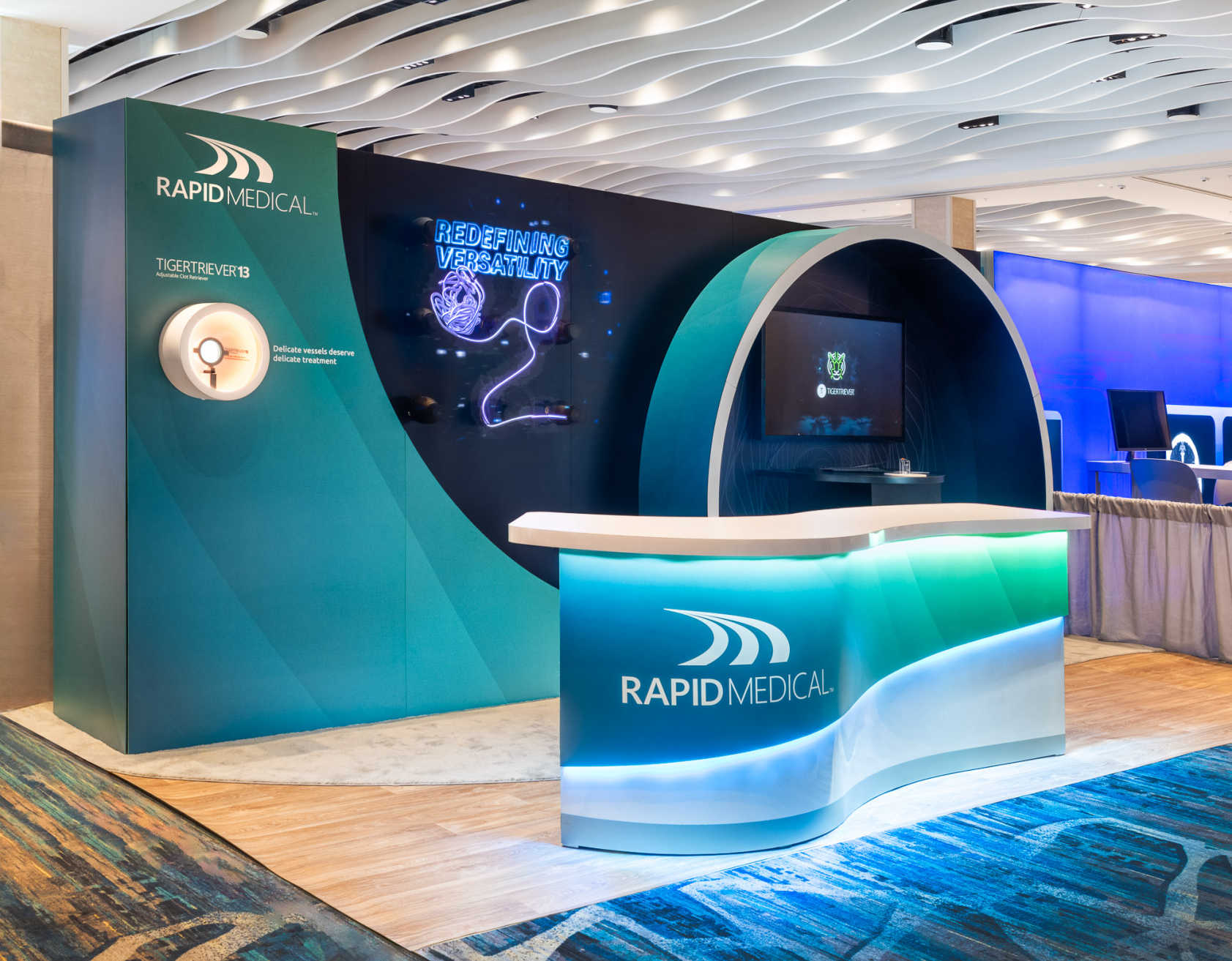
Corner Booths: Prime Real Estate
Corner booths are inline booths located at the end of a row, offering exposure on two aisles. They provide:
- Increased visibility compared to standard inline booths
- Two sides for branding and messaging
- Natural traffic flow through the booth
- Opportunity for creative use of corner space
Corner booths are more expensive than standard inline booths but less than island or peninsula booths. Their cost is elevated due to:
- Premium location with two open sides
- Increased visibility compared to inline booths
- May require more elaborate displays to capitalize on two open sides
Perfect for: Companies looking to maximize their presence within a budget.
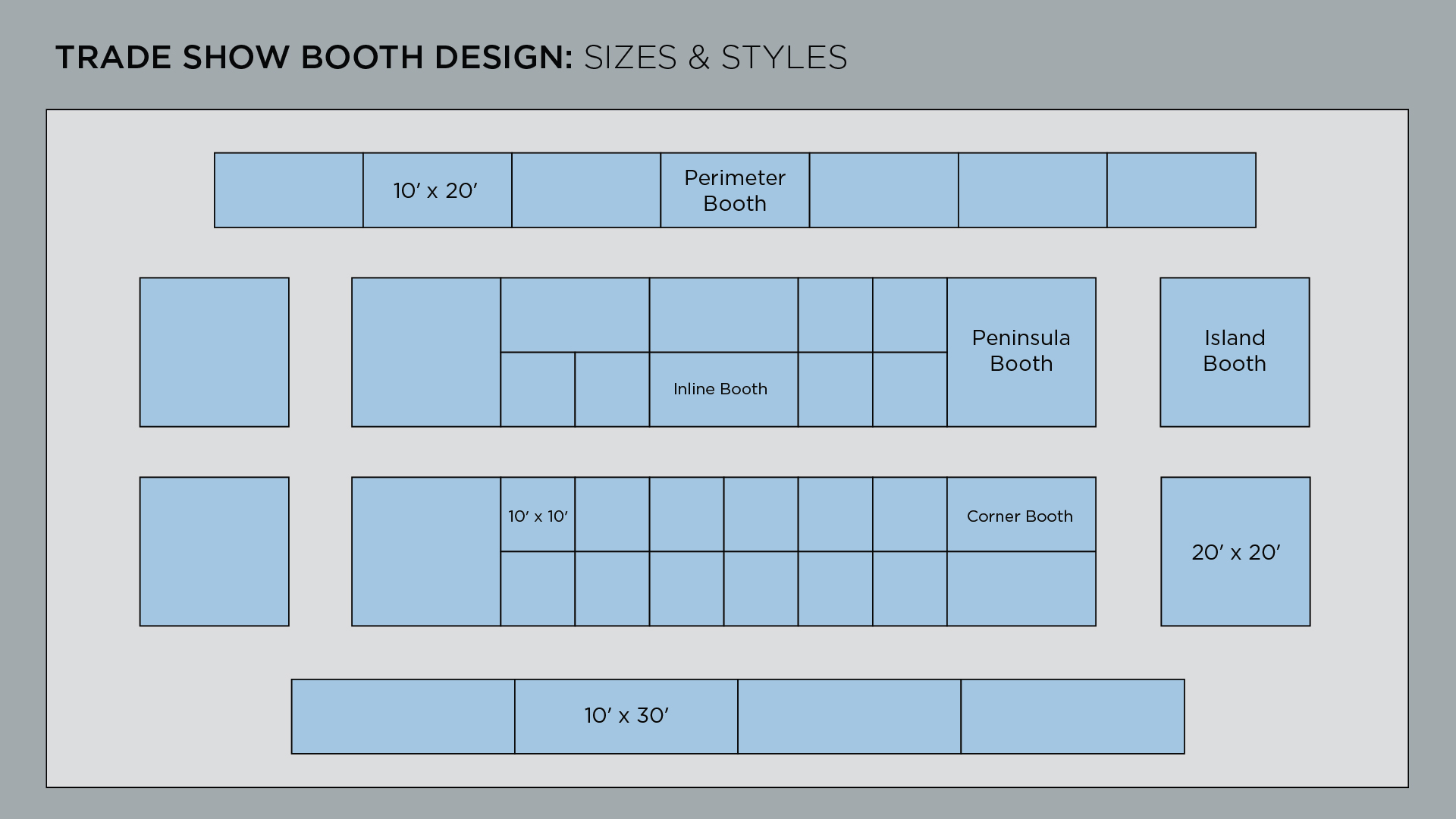
Typical Trade Show Booth Sizes
Understanding standard booth sizes is crucial when planning your trade show presence. Here’s a quick guide to typical dimensions:
Inline Booths
- 10′ x 10′: The most common size, perfect for small businesses or first-time exhibitors.
- 10′ x 20′: Doubles the space, allowing for more products or a small meeting area.
- 10′ x 30′: Offers even more room for larger exhibits or interactive elements.
Corner Booths
- Usually 10′ x 10′ or 10′ x 20′, with two open sides for increased visibility.
Peninsula Booths
- 20′ x 20′: A popular size that balances visibility and cost.
- 20′ x 30′: Provides more space for larger companies or complex displays.
Island Booths
- 20′ x 20′: The smallest island booth, offering 360-degree access.
- 30′ x 30′, 40′ x 40′, or larger: For major brands or companies with large product lines.
These are standard sizes, but many shows offer custom dimensions to fit specific needs. Always check with the show organizer for available options and any size restrictions.
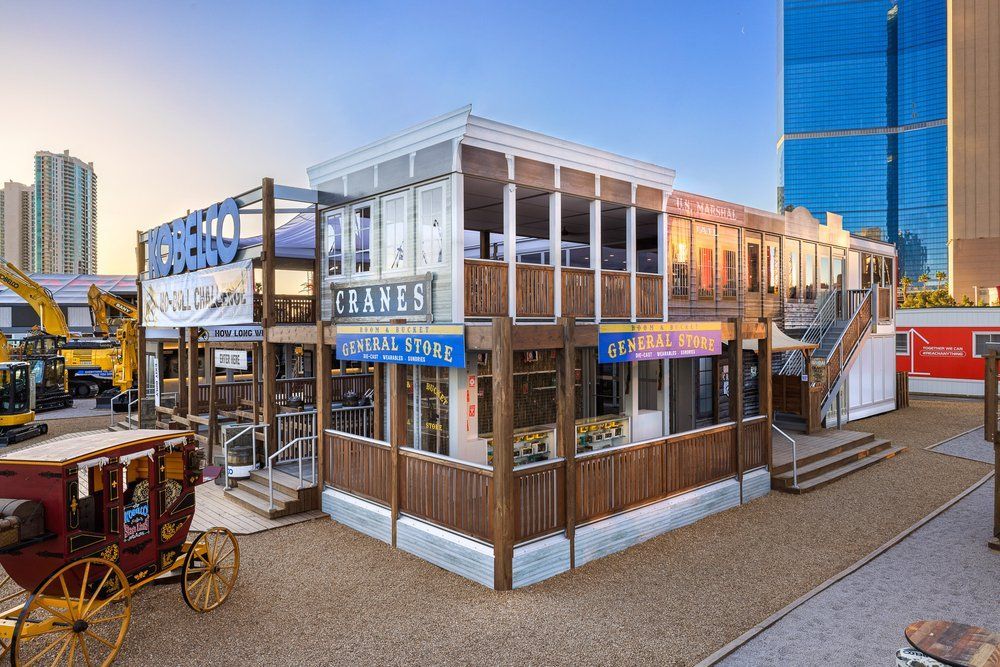
Custom and Modular Designs: Tailored to Your Needs
Regardless of the booth type you choose, custom and modular designs offer flexibility and brand alignment:
- Custom trade show booth design: Fully tailored to your brand, offering unique experiences and standout presence.
- Modular designs: Reusable components that can be reconfigured for different shows and spaces, offering long-term cost savings.
Visit our custom trade show booths page to explore how we can help you design a space that truly stands out! Or, learn about our booth rental options!
Factors Affecting Exhibit Costs
Cost differences primarily stem from the amount of space, visibility, and customization required. Larger, more visible booths demand more design, fabrication, materials, shipping, and drayage which drive up costs. Drayage refers to the handling and transportation of booth materials within the event venue, including unloading, moving to your booth space, and post-event repacking and removal. Additionally, prime locations within the exhibit hall often command premium prices regardless of exhibit type. Here are factors affecting trade show costs.
- Location within the exhibition hall (prime spots cost more)
- Electrical and internet requirements
- Furnishings and equipment rental
- Shipping and material handling fees
- Labor costs for setup and teardown
- Graphics and signage
- Lighting and audiovisual equipment
- Technology integrations
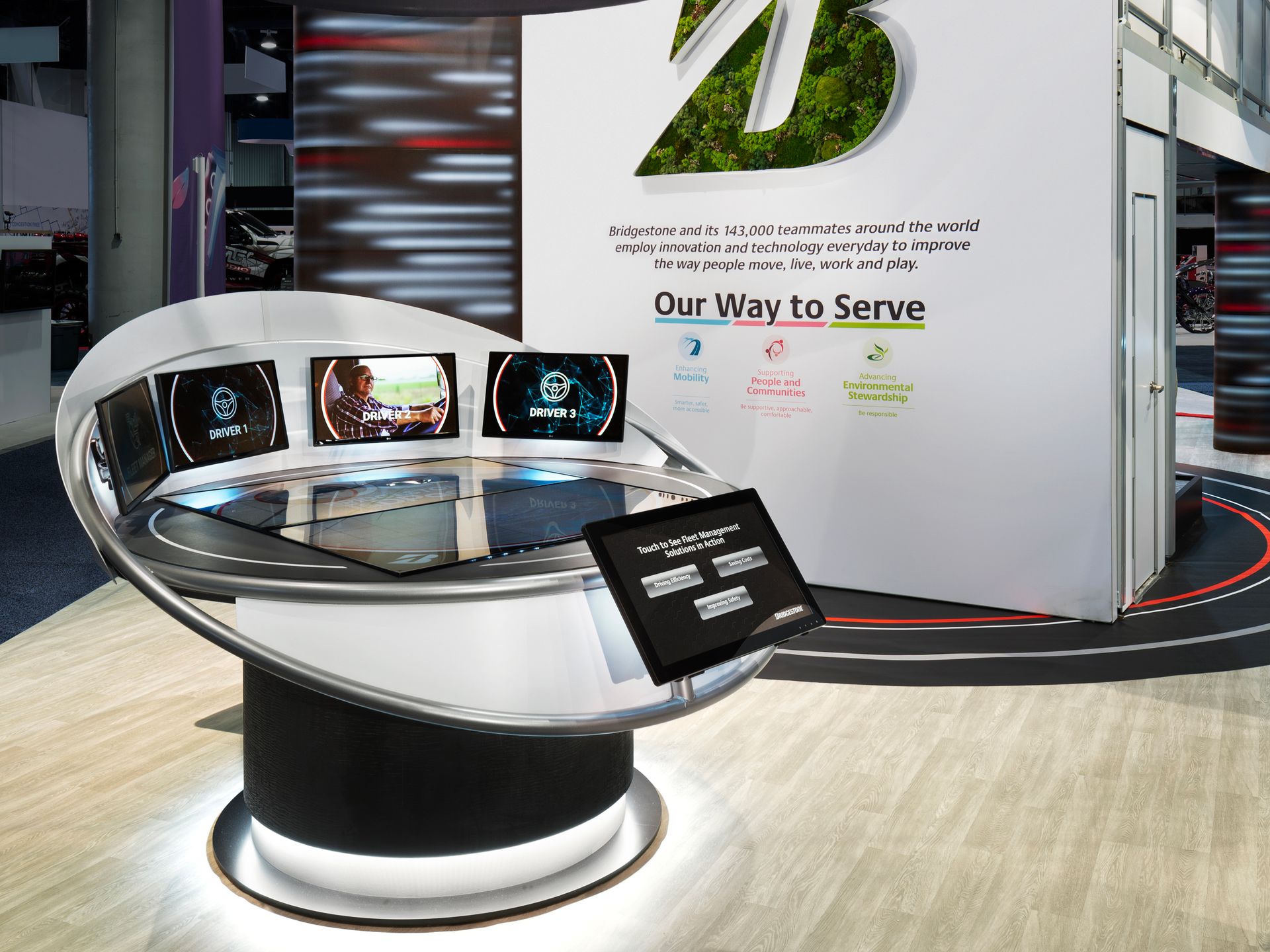
High-Profile Exhibitions and Their Booth Sizes
Consumer Electronics Show (CES) – Las Vegas, Nevada
- Booth sizes range from 10×10 feet for startups to over 15,000 square feet for major tech companies
- Standard sizes: 10×10, 10×20, 20×20 feet
- Custom sizes: Up to 65,000+ square feet (e.g., Google’s booth in recent years)
See examples of custom exhibits we’ve built for CES.
SXSW (South by Southwest) – Austin, Texas
- Standard booth sizes start at 10×10 feet
- Offers 10×20 and 20×20 feet options
- Custom spaces for large brands, sometimes encompassing entire venues
Natural Products Expo West – Anaheim, California
- Booth sizes start at 5×10 feet
- Common sizes: 10×10, 9×10, 8×10, 20×20, 20×30
- Island booths are available in standard and custom sizes
National Restaurant Association Show – Chicago, Illinois
- Standard sizes: 10×10, 10×20, 20×20, 20×30 feet
- Island booths available up to 50×50 feet or larger
- Custom sizes for major food service companies
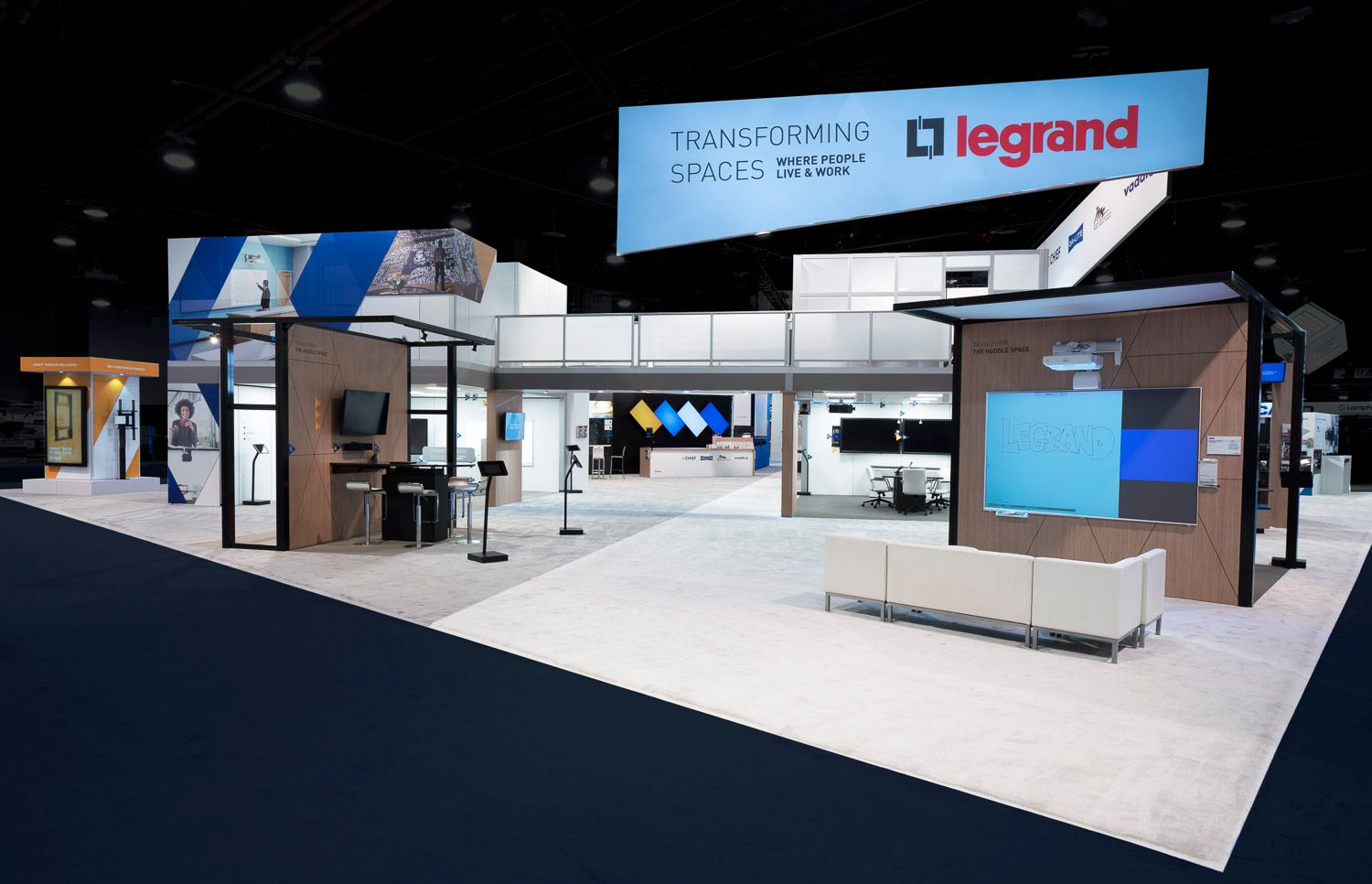
InfoComm – Las Vegas, Nevada
- Booth sizes range from 10×10, 10×20, 20×20 feet
- InfoComm also has membership levels that are tied to booth size
IFT First – Chicago, Illinois
- Standard sizes: 10×10, 10×20, 10×30
- All Island Booth exhibitors must submit an approval form with scale drawings, booth elevation and perspective
HIMSS – Various Locations (Las Vegas, Washington DC)
- Standard booth sizes start at 10×10 feet
- Offer Island, Inline & Perimeter booths
- Exhibitors occupying island or peninsula booths are required to submit a floor plan
IDDBA – New Orleans, Louisiana
- Standard booth sizes start at 10×10 feet
- Other sizes include from 20×20 feet to 20×80 feet to 50×50 feet to 50×70 feet
- Booth staff registrations scale to match the size of the booth
These high-profile trade shows demonstrate the variety of booth sizes available, catering to businesses of all sizes and industries. They typically offer standard sizes for smaller exhibitors, while allowing for large custom spaces for industry leaders and major brands. The size options often reflect the diverse needs of exhibitors, from small startups to multinational corporations.
Choosing Your Ideal Booth
When selecting your trade show booth, consider:
- Your budget
- The size of your team attending the show
- Your goals for the event (lead generation, product launch, brand awareness)
- The amount of product or equipment you need to showcase
- Your target audience and how they typically engage at trade shows
- The level of engagement and immersion you want to create for your audience
Remember, the right booth is an investment in your brand’s success. It’s not just about the space you occupy, but how you use it to tell your story, engage attendees, and achieve your trade show goals.
Ready to make your mark at your next trade show? Let our team help you create a booth that not only stands out but also stands for your brand’s unique value proposition. Connect with us today to start planning your next trade show success story!
